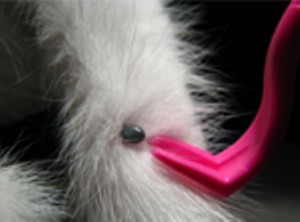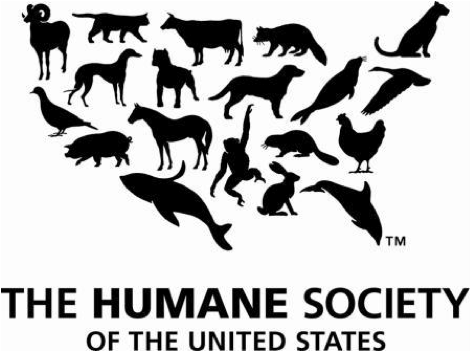 There is a right way and a wrong way to remove ticks from your pets and now that the Spring and Summer months are here, it’s the perfect time to learn how to do it properly.
There is a right way and a wrong way to remove ticks from your pets and now that the Spring and Summer months are here, it’s the perfect time to learn how to do it properly.
Ticks are one of the worst enemies of dogs and cats because of the variety of diseases they can carry as well as other issues they can cause like tick paralysis.
Dogs especially love to spend time outdoors so if you are armed with the proper info, it can be an enjoyable season for both of you.
Let’s first take a look at what not to do when it comes to tick removal:
DO NOT:
- burn them off
- use nail polish
- use petroleum jelly
- freeze them off
- flush them down the toilet (it doesn’t kill them)
- use your fingers to remove it
- squash the tick with your fingers
The safe removal of ticks can be easy if you follow these few simple steps:
 1. Use the proper tool, either tweezers or a tick remover, and remember to be gentle but firm through the process.
1. Use the proper tool, either tweezers or a tick remover, and remember to be gentle but firm through the process.
2. Grab the tick by the head or mouth parts, right where they enter the skin, being careful not to grasp the tick by the body.
3. Without jerking, pull firmly and steadily directly outward. Do not twist the tick as you are pulling it out.
4. After removing the tick, place it in a jar of alcohol to kill it.
5. Clean the bite wound with a disinfectant or triple antibiotic ointment.
6. Make sure to wash your hands thoroughly.
Once the tick is removed, you may notice that the affected area is red or swollen. This is normal and can actually take up to a week for the area to heal. If you are concerned or it is taking longer than a week to heal, contact your veterinarian.






Finding and promptly removing ticks (from a person or pet) can dramatically reduce risk of infection. Once the tick has been removed, have it identified. Only certain kinds of ticks can transmit the agents of Lyme disease, babesiosis and anaplasmosis. Other ticks may transmit other infections. The longer the tick is attached, the greater the risk of infection. Physical samples can be sent, or digital images uploaded, for a rapid, confidential, independent and expert evaluation. For more educational information and help with rapid and expert tick identification, visit https://identify.us.com.
[…] How to Properly Remove Ticks From Your Pets There is a right way and a wrong way to remove ticks from your pets and now that the Spring and Summer months are here, it's the perfect time to learn how to do it properly. Ticks are one of the worst enemies of dogs and cats because of the variety of … Read more on All Pet News (blog) […]
Comments are closed.